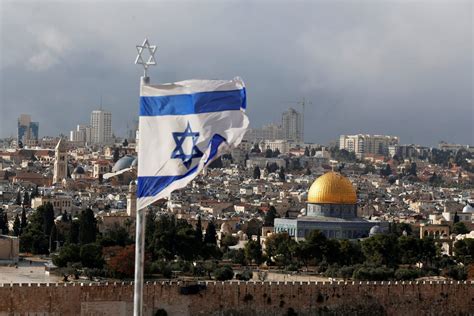Israel’s Spectacular Missions Are Necessary for Its Survival
Seth Mandel for Commentary.org
What did it take to assassinate Ismail Haniyeh, the Hamas politburo leader, in Tehran? Israel had to infiltrate an intensely guarded apartment building used by the Iran Revolutionary Guard Corps. It had to know which room Haniyeh would stay in, and when. It had to smuggle in a bomb that sat for two months without being detected in what was supposed to be a secure IRGC meeting house. It had to be able to detonate the bomb remotely at the perfect time, which required airtight intelligence up through the moment of impact.
Perhaps the most amazing detail of the entire scheme was this: The head of Palestinian Islamic Jihad was staying in the room next door to Haniyeh’s—another fact known by the Israelis—and he was untouched by the explosion.
This does not only require months of planning—that’s just the end stage, like the “last mile” drivers who deliver your Amazon packages in their own cars. It requires decades of innovation within a defense establishment that, in hardware and human intelligence, must remain ever able to do things nobody else thinks are even on the menu.
All so that a country the size of New Jersey can maintain a qualitative military edge just in case. Through it all, there are always skeptics who question the necessity of the investment. And every so often there is an event, like the Haniyeh assassination, that answers it definitively. It’s necessary for Israel to be a step ahead of the rest.
One reason for this is that Israel has never had the luxury of believing it could rely on anyone else. But the main reason is that Israel has always had to defend what to other countries would be indefensible borders.
By the time the Second World War broke out, Zionist organizations were already being squeezed by the British. The American diplomatic observer at the 21st Zionist Congress that year noted that the delegates were deeply pessimistic at the amount of land on offer after the British White Paper choked off Jewish immigration to Palestine. Accepting the status quo at that time as a final status “would result in the formation of small states unsound economically and would place irrevocable limits upon Jewish expansion in Palestine.” Chaim Weizmann was forever willing to compromise, but he understood that, from the White Paper forward, the process on display was one of suffocating the Jews of Palestine unless or until they agreed to effectively commit national suicide.
The boundaries with which Israel was born invited immediate invasion. The armistice lines demarcating positions after the Israeli victory were not much better and invited low-level war and then major war again in 1967. Amazingly, Israel was lectured for decades after that about how it didn’t need to hold on to land it won in that defensive war because it also won the war in 1948 and therefore its original boundaries were “defensible.”
This argument continued until the Oslo years of the 1990s and the outbreak of suicide terrorism as a main strategy of Palestinian Arabs against Israel. At that point, the new lecture was that there really was no such thing as defensible borders in the Israeli-Palestinian element of the conflict, because the violence was coming from inside land controlled by Israel, not outside.
That indefensibility argument only increased with the second intifada, launched by Yasser Arafat after he rejected an offer of Palestinian statehood in 2000. Israel was burning up from within, its critics said, and therefore the only solution was a diplomatic one that forfeited Israeli sovereignty and security. But it turned out there was a military solution to the violence: Israel undertook a campaign of targeted assassination that made a continuing campaign of organized terrorism impossible for the time being.
There was also a way for Israel to protect, rather than surrender, its borders and its sovereignty. In 2002, Israel began building its security fence to prevent infiltration from the West Bank. By 2004, areas protected by the fence had seen fatalities from West Bank-originating terror attacks drop to zero. Construction of the fence continued, and so did its security benefits.
Case closed on defensible borders? Hardly. The advent of the rocket wars brought a return of the lectures that Israel could not have defensible borders. The idea was that the nature of war had changed, the contours of the conflict were different now, and Israel needed to think about appeasement as a path to survival.
That brought about the efforts to build the Iron Dome missile shield, which has kept Israel generally safe and sovereign during this most recent phase of the Arab-Israeli conflict.
We may be coming to a new era. Iron Beam, the next generation of missile interception using lasers, is in development but likely won’t be ready for deployment until next year. Iron Dome’s interceptor missiles are expensive, and anyway the system wasn’t designed to stop thousands of missiles and rockets and drones per day, which is what could happen if war breaks out with Hezbollah in the north. Israel’s recent demonstrations of its capabilities inside Iran may not prevent that war. But they are a signal to Iran—and to the world—that the Jewish state has more up its sleeve. Only if Israel’s capabilities cease to match its worst-case scenarios will its borders cease to be defensible.
